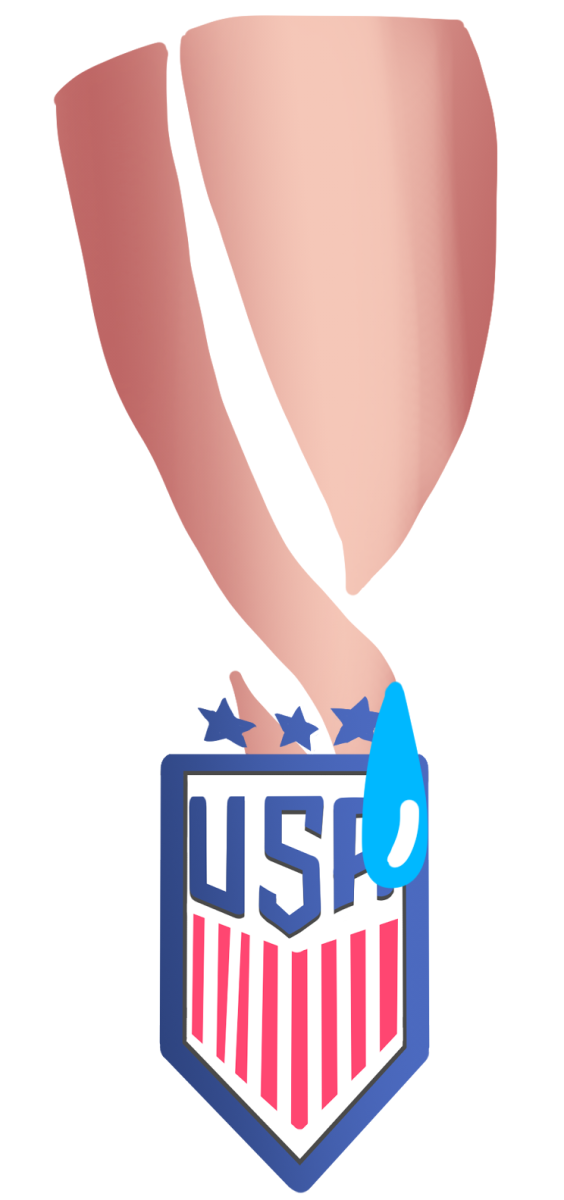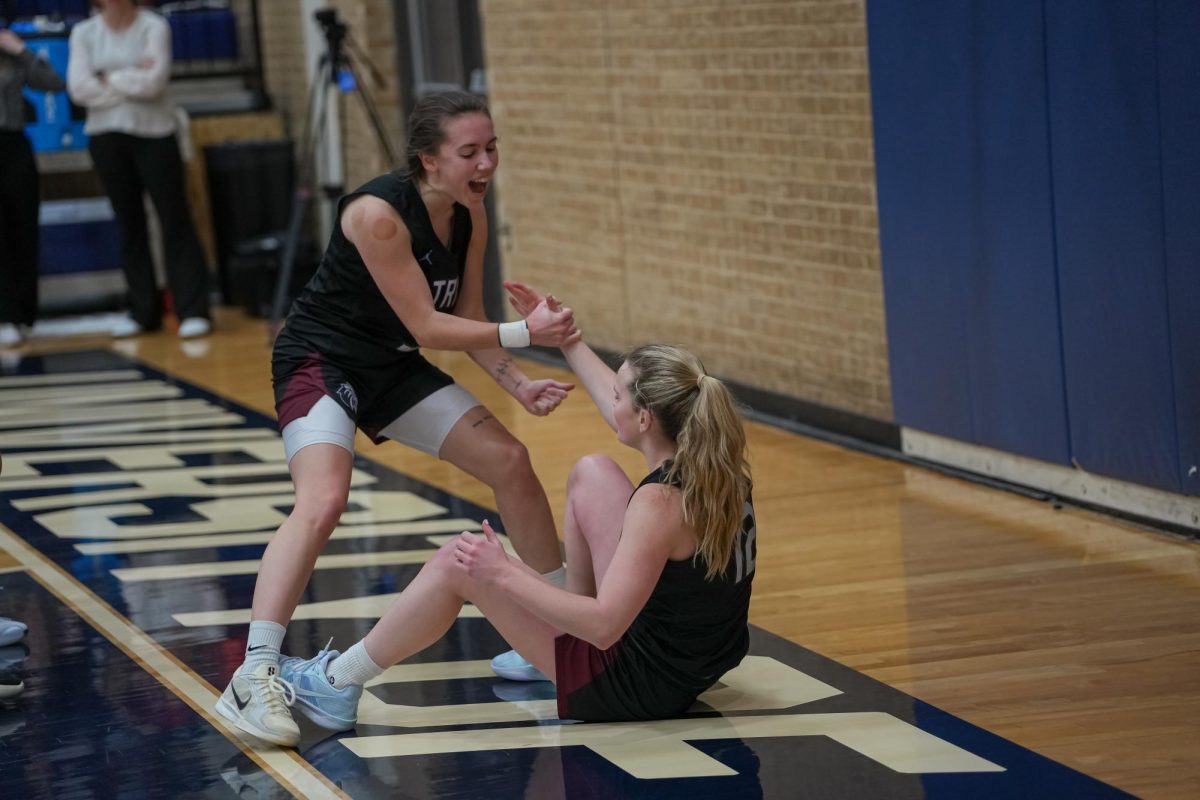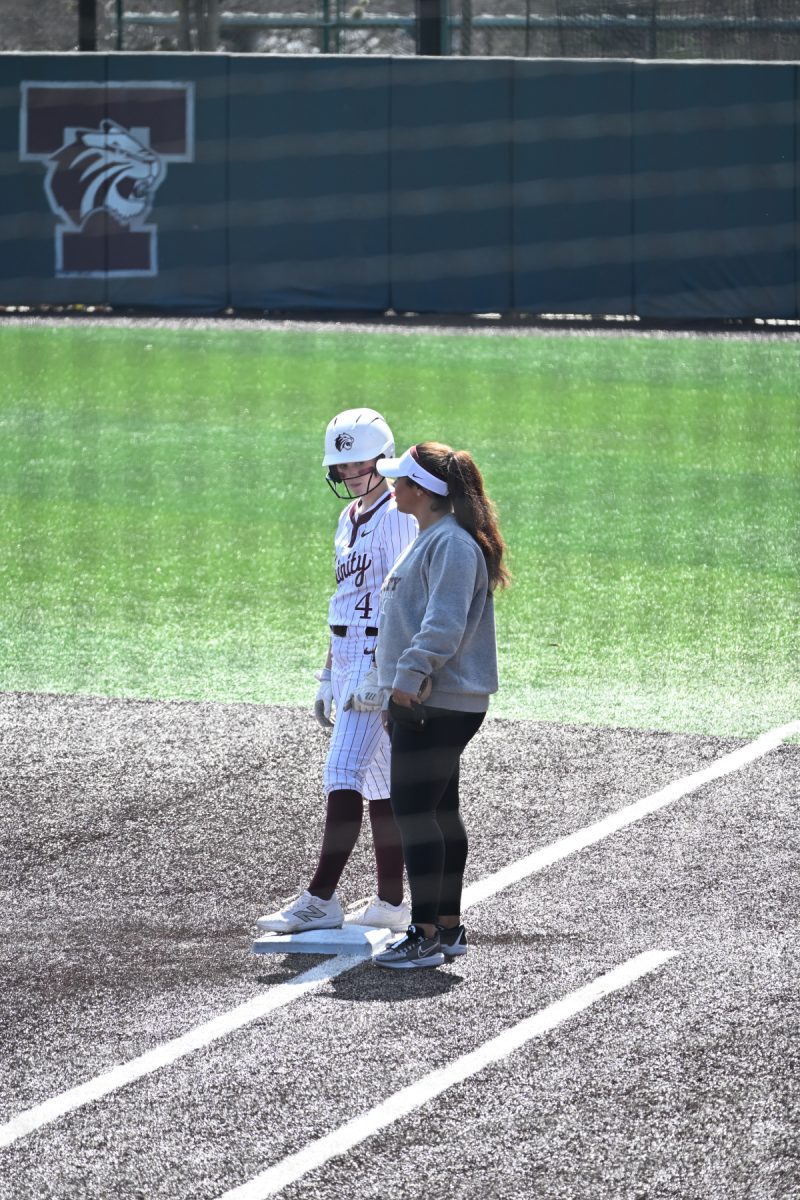After winning back-to-back Women’s World Cups in 2015 and 2019, the U.S. Women’s National Team (USWNT) was shocked in 2023 as they struggled through their group before losing their knockout game to Sweden. This result ended a period of U.S. dominance in Women’s soccer during which the team had won four World Cups, made the finals five times and made the semifinals in nine out of nine World Cups. However, the Women’s Gold Cup gave the USWNT the opportunity they needed to return to winning silverware, although it was not as easy as they would have expected.
This Gold Cup was a further opportunity for North American nations and select South American ones to compete at the highest level for an international soccer title. This was the inaugural version of this tournament, modeled after the Men’s Gold Cup. It was not the first Concacaf competition for women’s national teams, as the Concacaf Women’s Championship has been held since 1991 under multiple names. The USWNT has been even more dominant in this competition than in the World Cup, having won the title in nine out of ten appearances in 11 competitions.
However, this continental competition presented a new challenge for the United States. As seen in the Women’s World Cup, parity is rising in women’s soccer. While it is crucial for women’s sports to reach the popularity and recognition that men’s sports have, parity in the sport has hurt the United States as a team. The U.S. soccer culture is built on playing physically and directly in both the men’s and women’s teams. This style has hardly worked for the U.S. Men’s National Team against nations with rich soccer histories. The same countries dominating the men’s team are now developing stronger women’s programs, utilizing their developed tactics and creating a challenge the U.S. Women’s Team has never faced.
This was evident in the U.S.’s World Cup flop, and the trend continued into the Gold Cup. After dominating two nations still developing their women’s programs, the USWNT was stunned by Mexico. After the game, captain Alex Morgan addressed this very issue, saying, “Both tactically and technically, we need to evolve. The game is naturally evolving … The game globally is growing so much.”
The 2-0 loss meant that the USWNT finished second in their group and earned themselves a tougher next-round matchup. This challenge in particular was tough as the U.S.was matched up against Colombia, one of the game’s fastest-growing programs in recent history. Colombia surprised many at the World Cup making it one round further than the U.S.and even going up 1-0 on England, the tournament runners-up, before falling 2-1.
This daunting threat, especially following a disheartening loss, was worrying. Yet, captain Alex Morgan remained steadfast, “Actually, I think the way that the tournament unfolded … gave us the opportunity … [to] start to focus on Colombia … work on ourselves and supporting each other.”
Just as Morgan predicted, the USWNT came together and took down Colombia 3-0, despite the lack of evolution in their play, relying on their classic direct style and losing the possession battle. Then, in the semifinals against Canada, the USWNT didn’t have to worry about their archaic American tactics hindering their chances, as a torrential downpour during the match benefitted their style. The matchup between the ninth and fourth-ranked women’s national teams came down to a penalty shootout in which star keeper Alyssa Naeher saved three penalties to send the USWNT to the final.
In the final, the USWNT faced Brazil. Unlike many women’s national teams, Brazil’s team has been making strides in the women’s game for years. Furthermore, Brazil’s team showed sparks of the men’s team’s samba style at the World Cup, which previously dominated the American style on the men’s side.
The U.S. had less time of possession, fewer shot attempts, more fouls and more cards against Brazil: a combination that is typically damming in the sport. And yet, the U.S. won in classic U.S. fashion: one goal from a direct ball off the head of the physically dominating Lindsay Horan into the back of the net and stout defending.
This championship is huge for the U.S. The increase in parity in the sport is good for the USWNT as it will increase viewership, popularity, and income for women’s soccer. However, it is also hurtful to the USWNT’s ability to keep winning trophies, as the men’s team has proven. This championship has reminded the USWNT that it is not too late. As Alex Morgan stated, the team needs to evolve. However, the U.S.’s decades of dominance have given the team a head start on the path to evolve in stride without falling into the mediocrity of the U.S. men’s team’s evolution. Don’t worry, the USWNT isn’t going anywhere.






